Help
Community21 has selected some case study communities and projects to share across the network to inspire and inform others. Should we be featuring yours? If so get in touch.
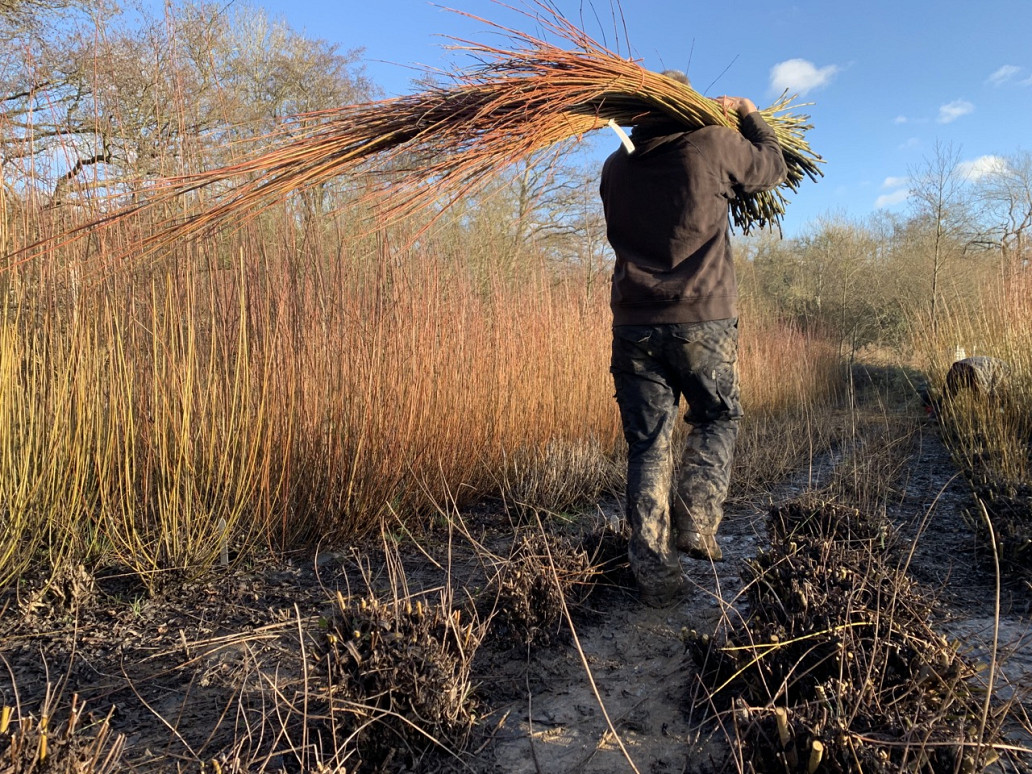

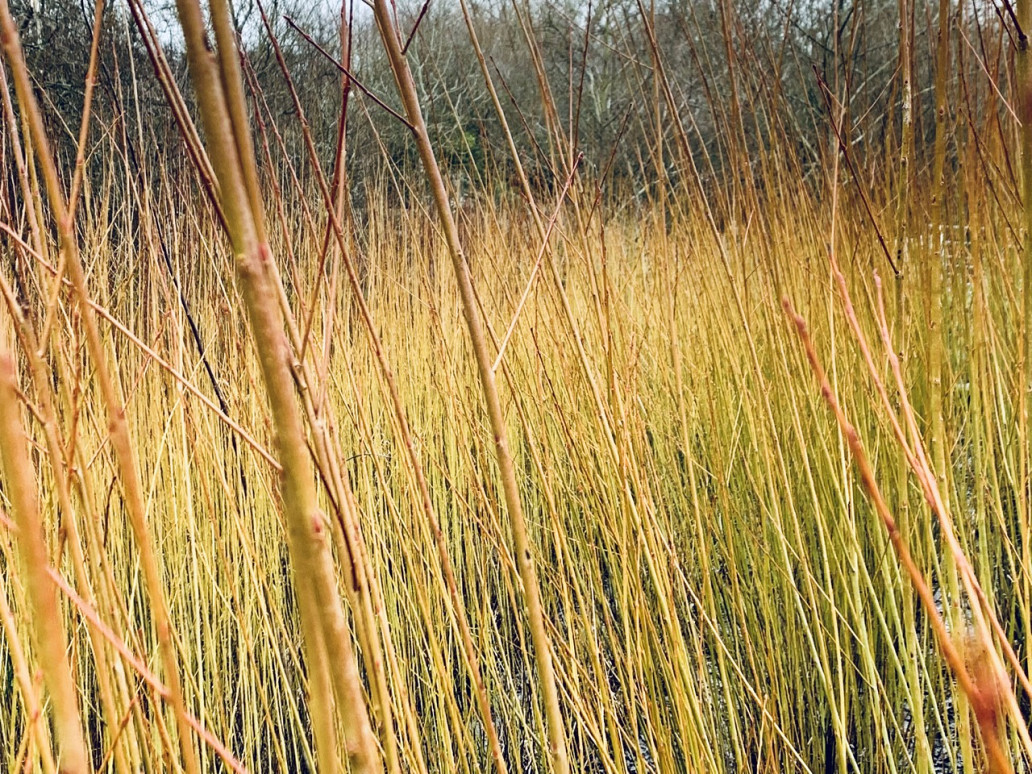

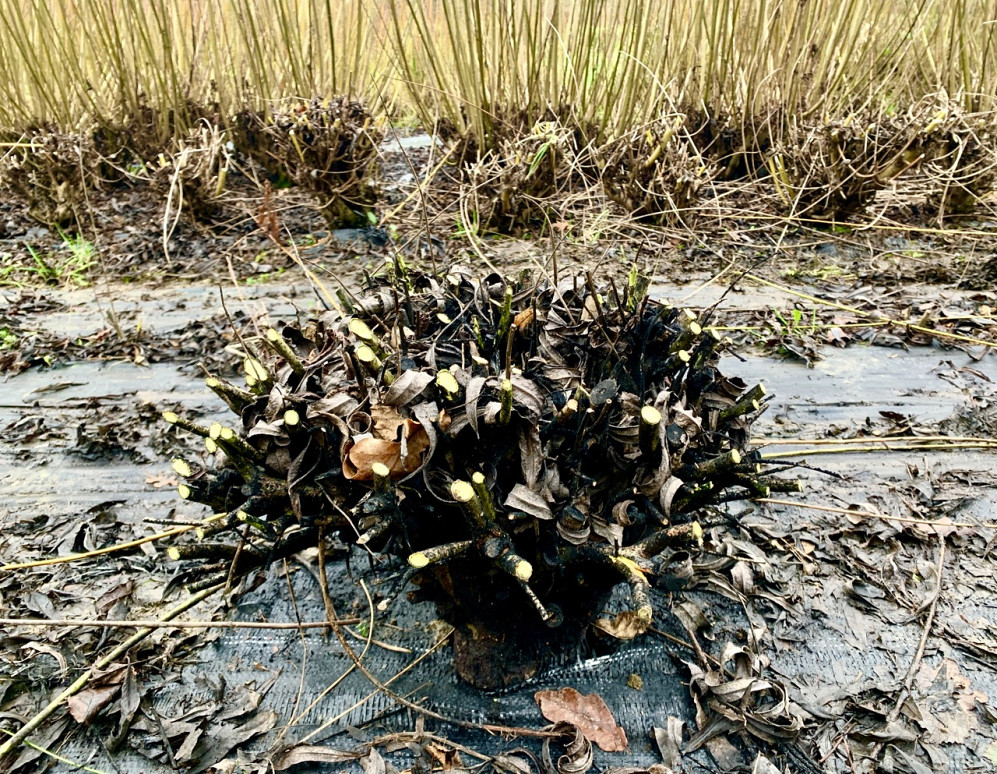
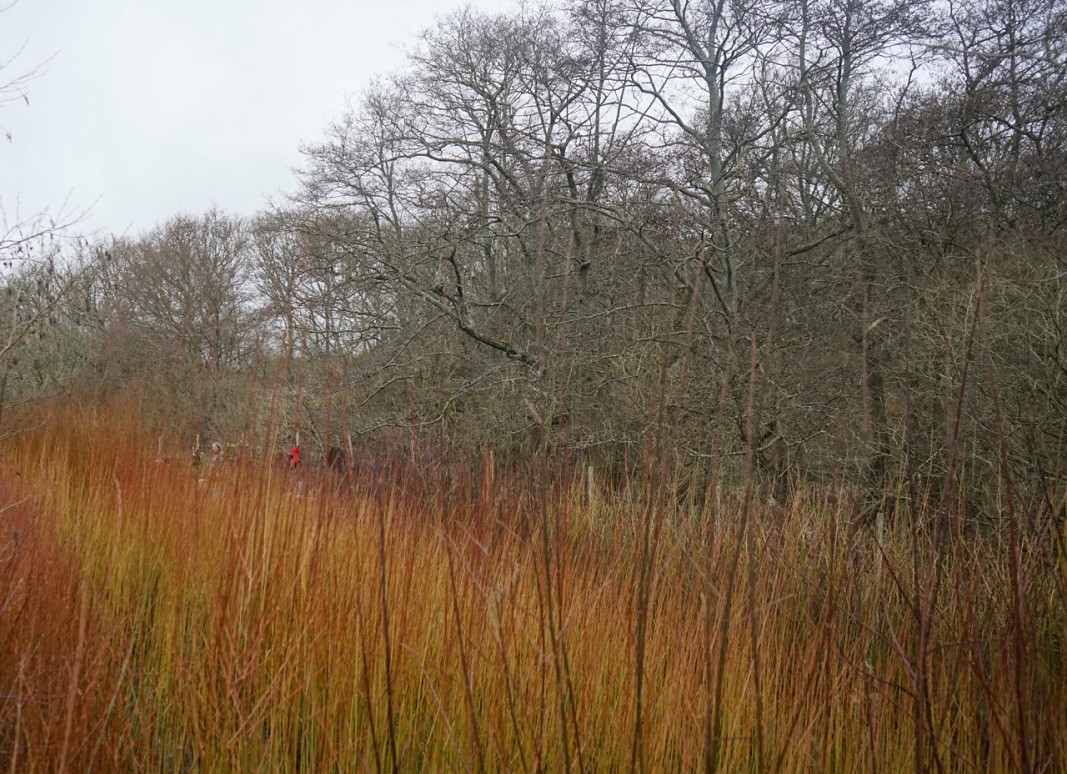
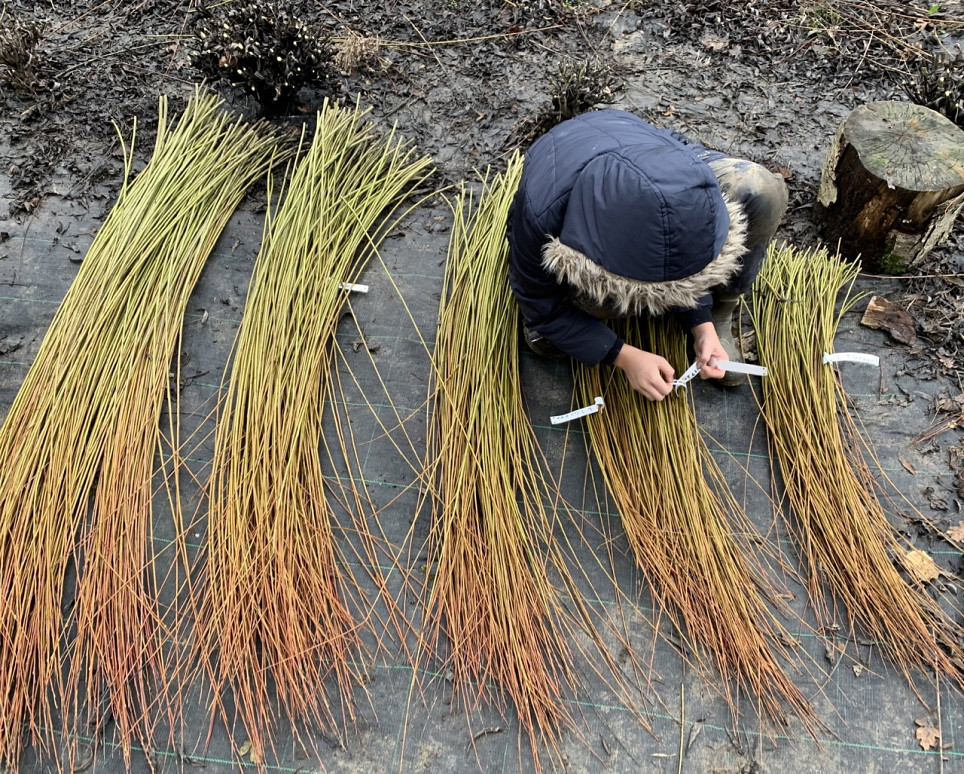


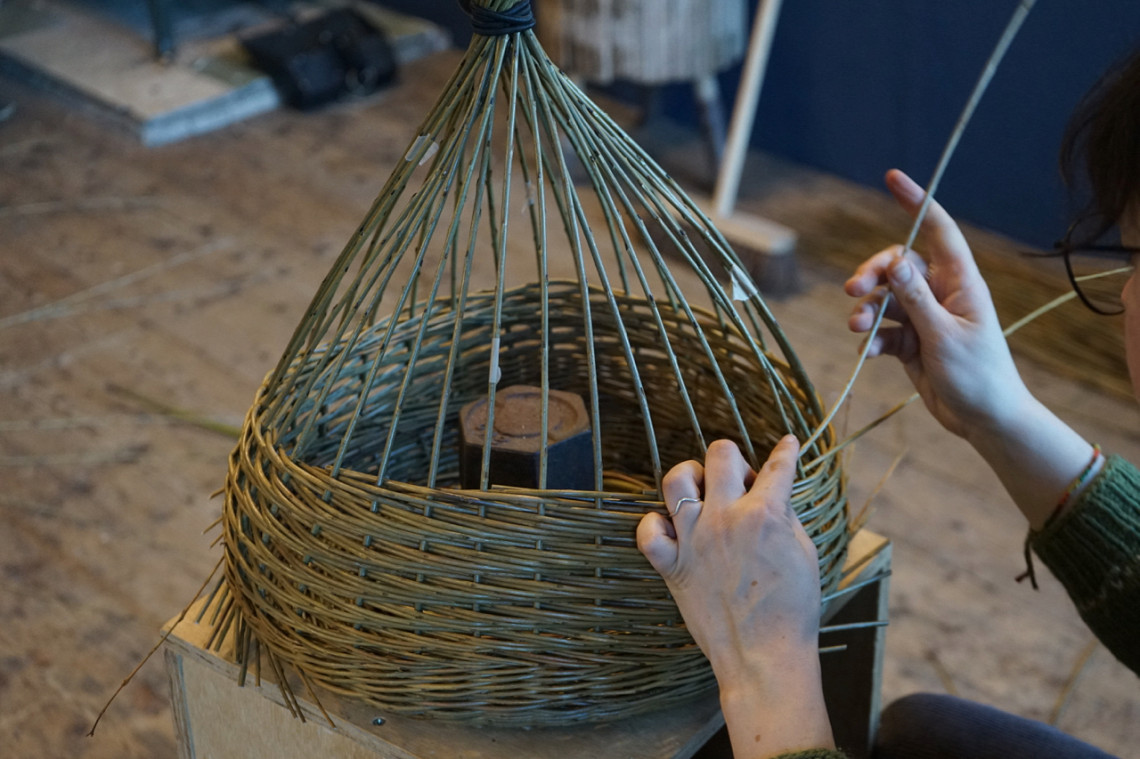
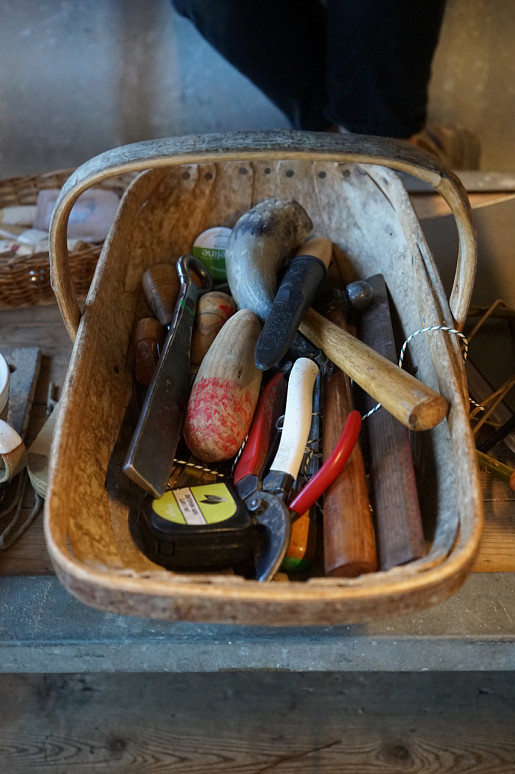
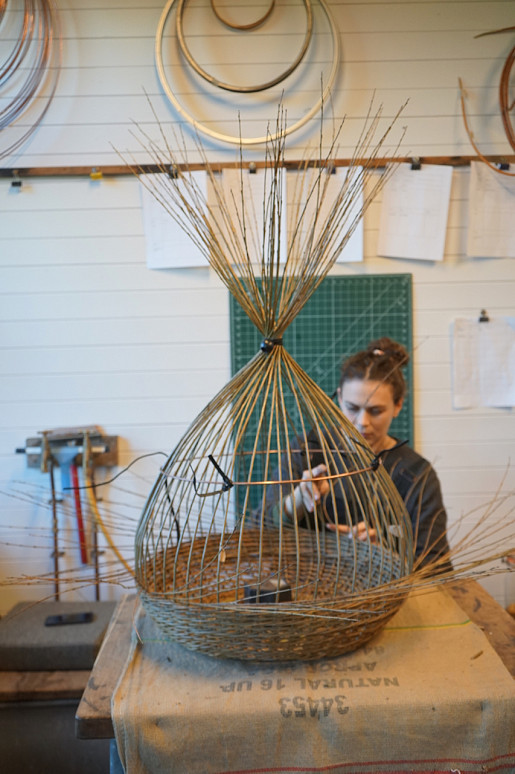

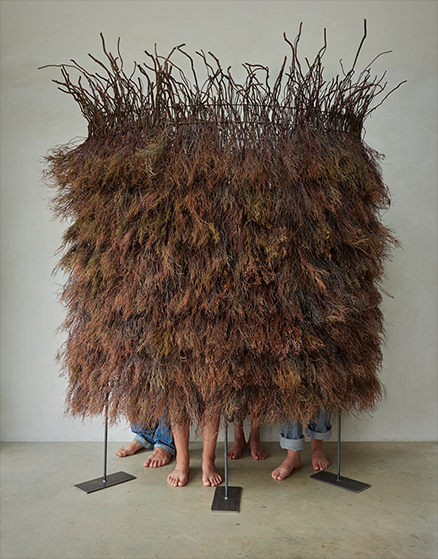
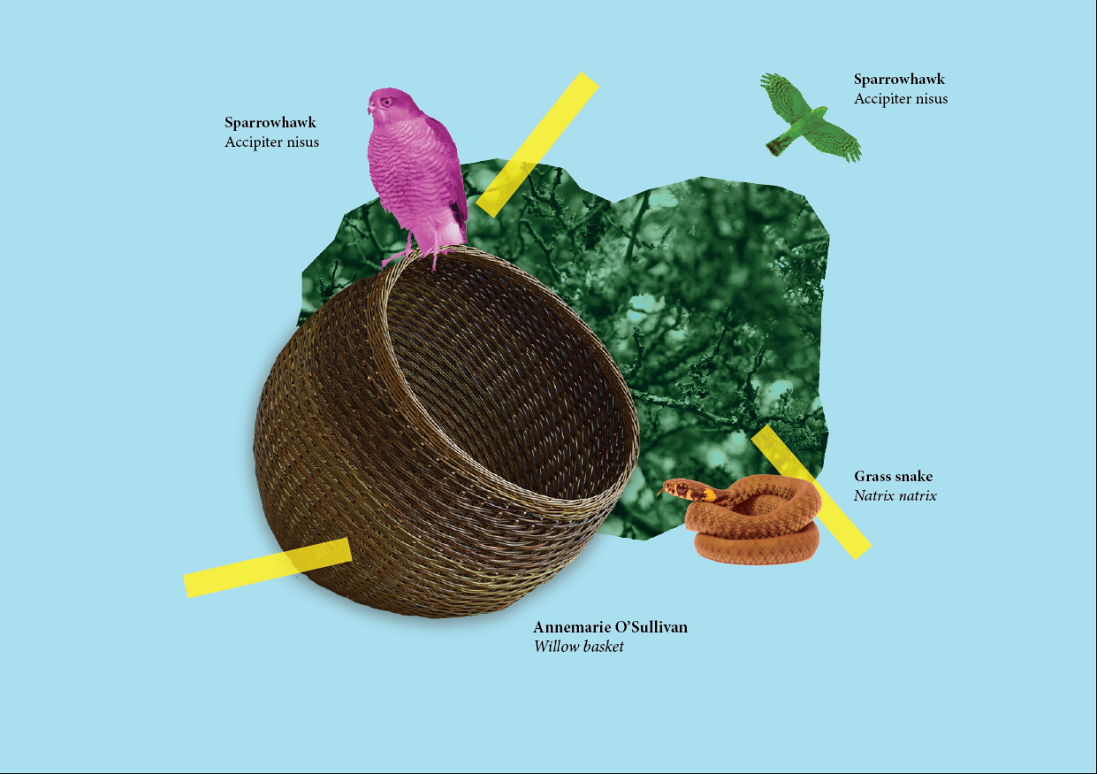
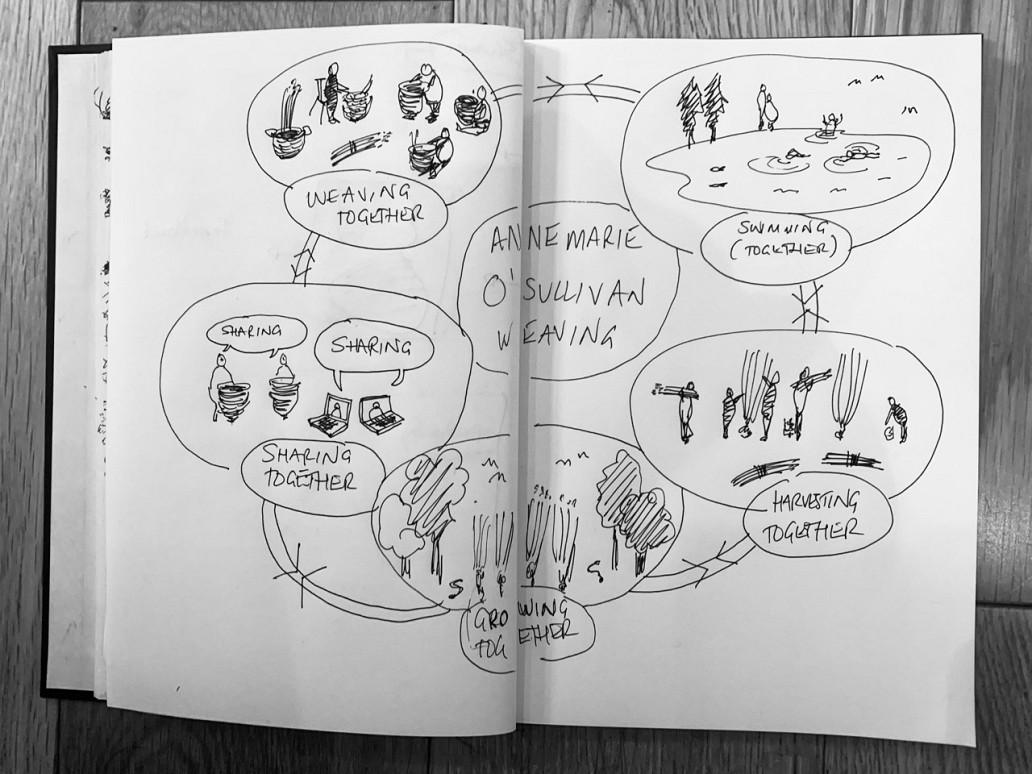
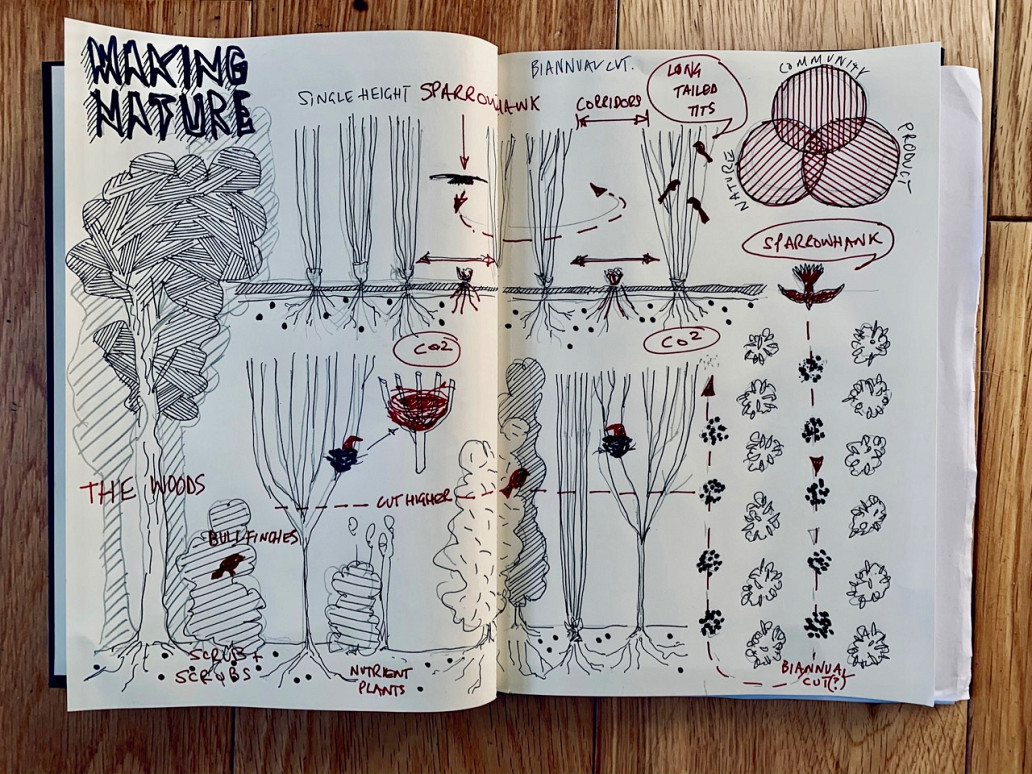
Name: Annemarie O'Sullivan
Location: East Sussex, UK
Specialist materials: Willow weaving
Products: Baskets and other domestic, furniture collaborations and artistic objects
Links [if available]: https://annemarieosullivan.co.uk/
As a highly skilled weaver of baskets, furniture and sometimes lighting, Annemarie works with willow (primarily), chestnut, hazel and rush. The practice grows and harvests materials and this includes a self-managed annual crop of different species of willow grown at a local wet-woodland site. Annemarie and partner Tom advocate the use of grown, ‘natural’ materials as the ‘mortar’ embedded in everything the practice does.
The practice does not ‘plan’ a natural benefit, but is part of a natural, seasonal way of working that has an ‘appealing’ ancient tradition for humans working in the landscape. The role of a harvested willow coppice and its environment provokes discussion about what might constitute best practice as a ‘productive-habitat’ and how a site might yield nature and materials as a balanced aspiration. Do animals benefit from the practice, snakes and sparrow hawks visit the site as predators suggesting an ecosystem might be at work? Bullfinches rested in the upright stems during our harvest visit, to the rhythmic, ticking sound of the willow being cut.
Annemarie and Tom offer insights that relate to the personal and social / community benefits afforded by participation in the harvest - engagement with a wildlife infused landscape and the ‘reset’ and ‘happiness’ that winter harvesting bring. Discussions engaged with balancing the needs of a landscape-based process, whilst sustaining a highly skilled business and the demands of an international market.
What is made is definitively dictated by the ‘nature’ of the materials that vary, are subject to disease and weather and require planting, harvesting, growing, drying and soaking. The ‘design of products’ has to consider different species that are appropriate to the specification and vice-versa - materials (literally) interweave with functions that are afforded by the natural performance of the materials and skill and ingenuity of the craft.